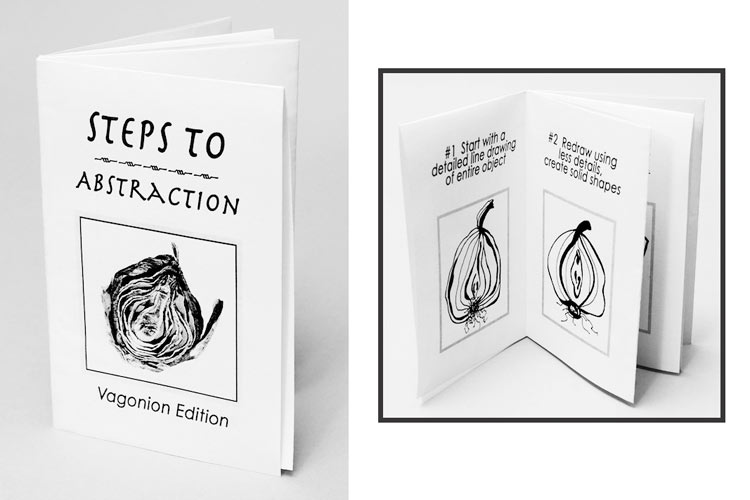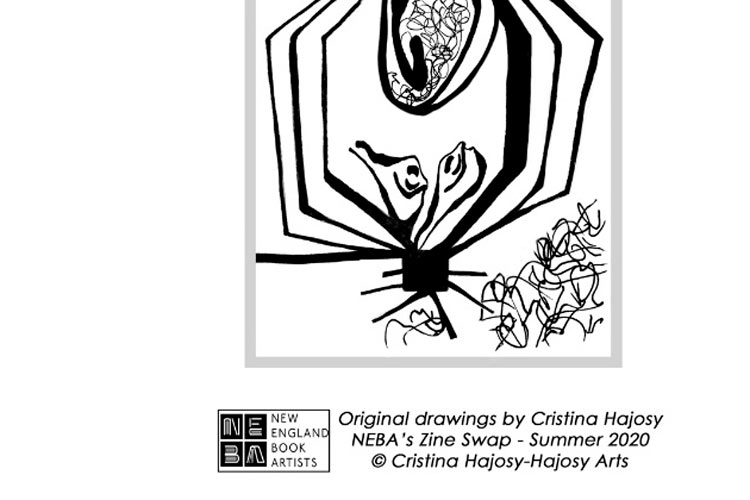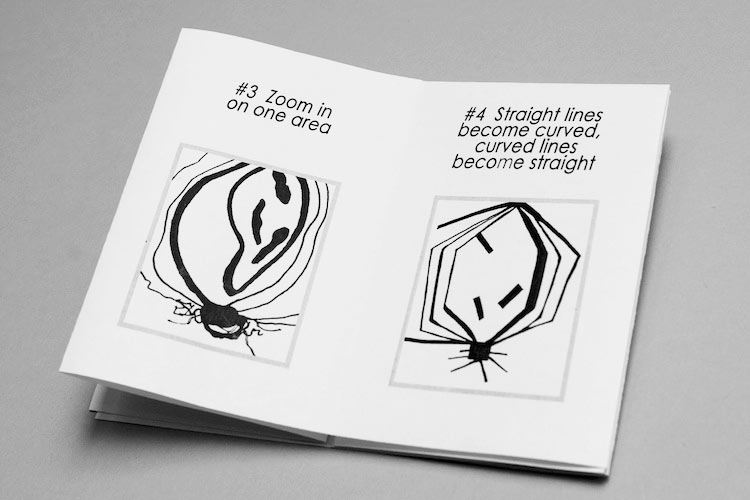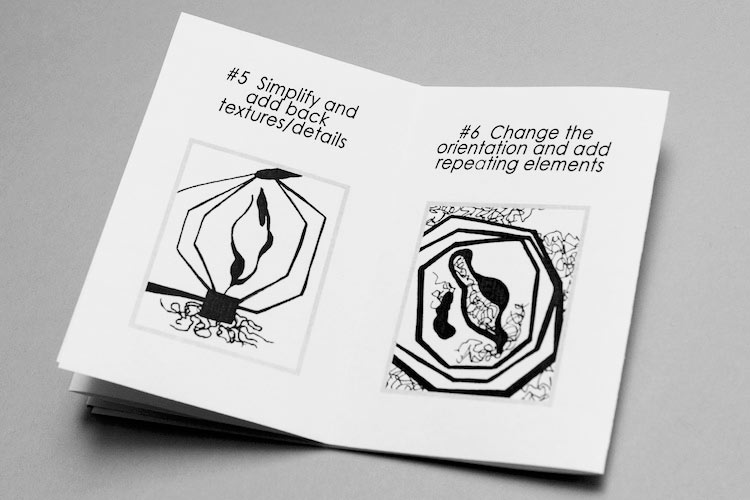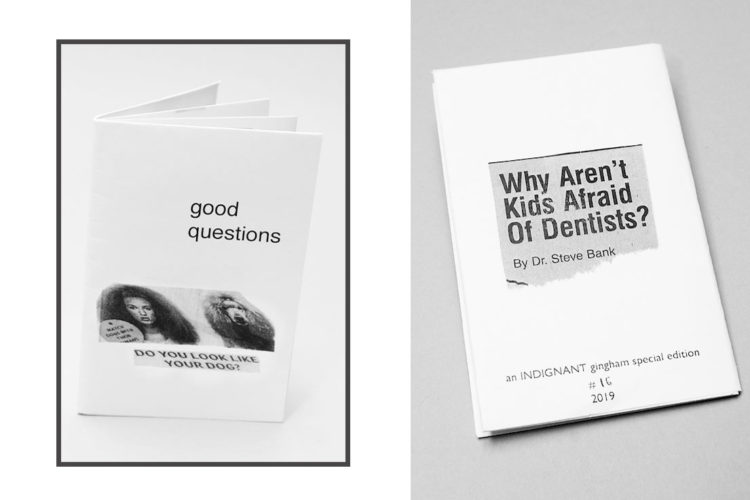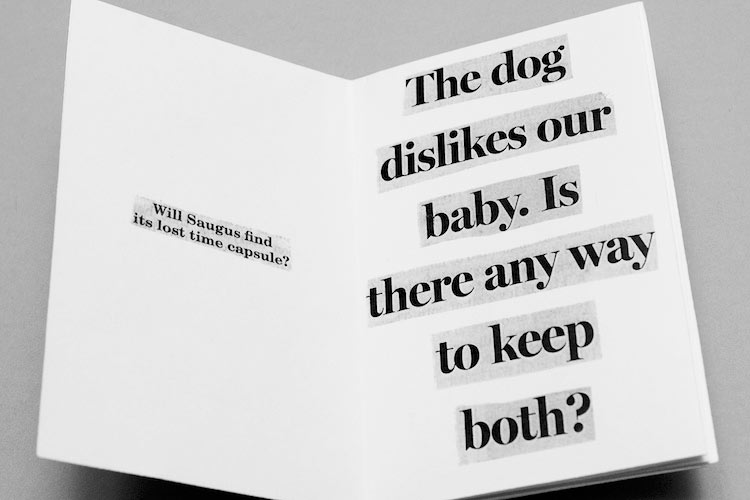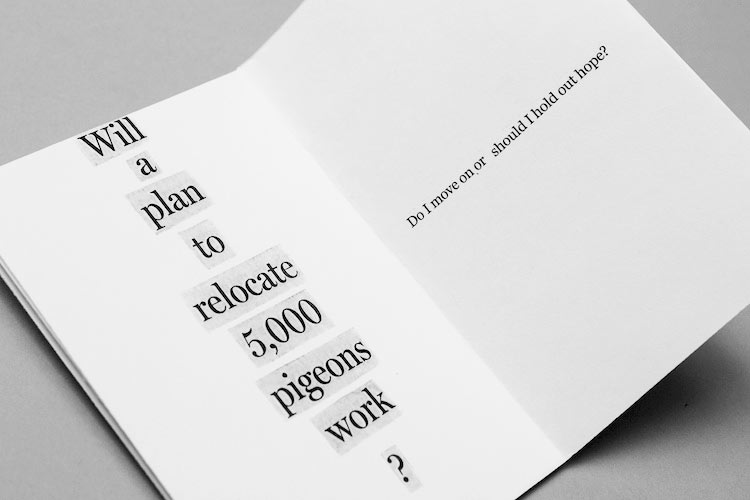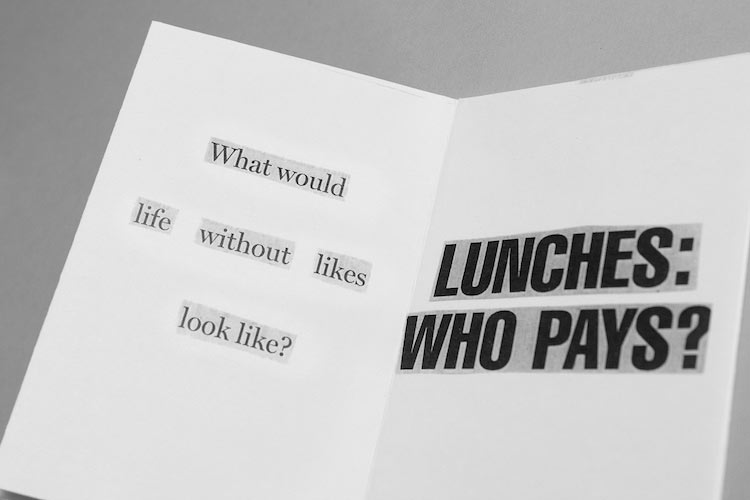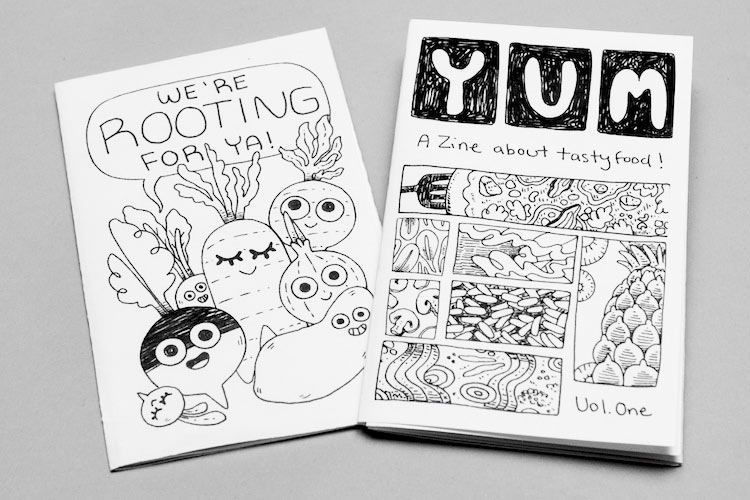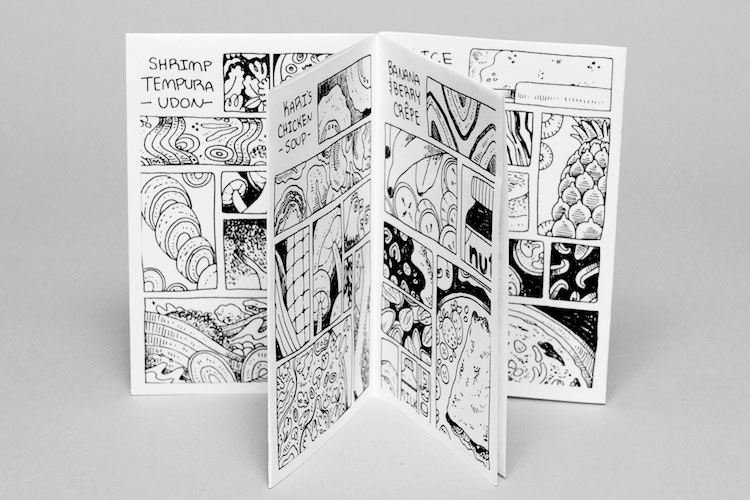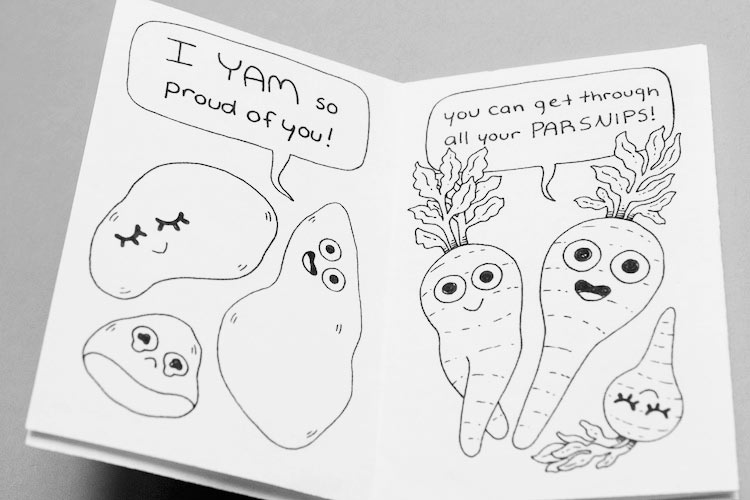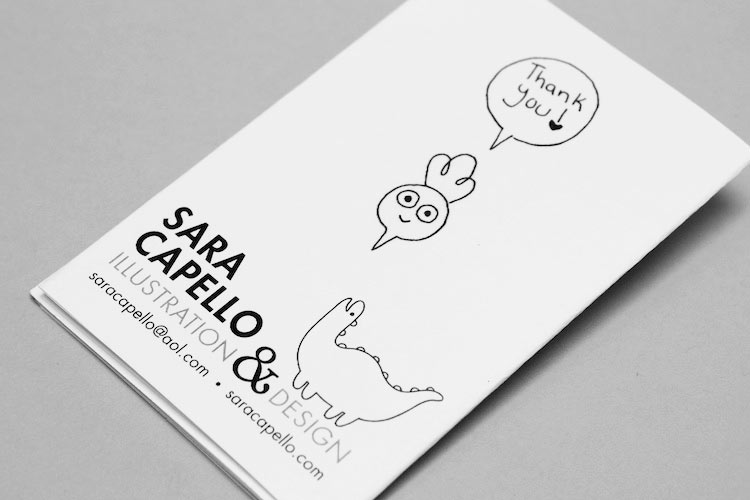We’re happy to share NEBA Members’ Zine Swaps and our love for Zines!
Zines are fun, spontaneous, mini magazines. They require few supplies, can be designed quickly, and are easily distributed.
While zines can take many forms, we’ll be using the “Oxplow” – aka, “Hotdog”, “Hamburger”, or “Center-cut Accordion”. Whatever you call it, it’s the best single sheet construction for our swap.
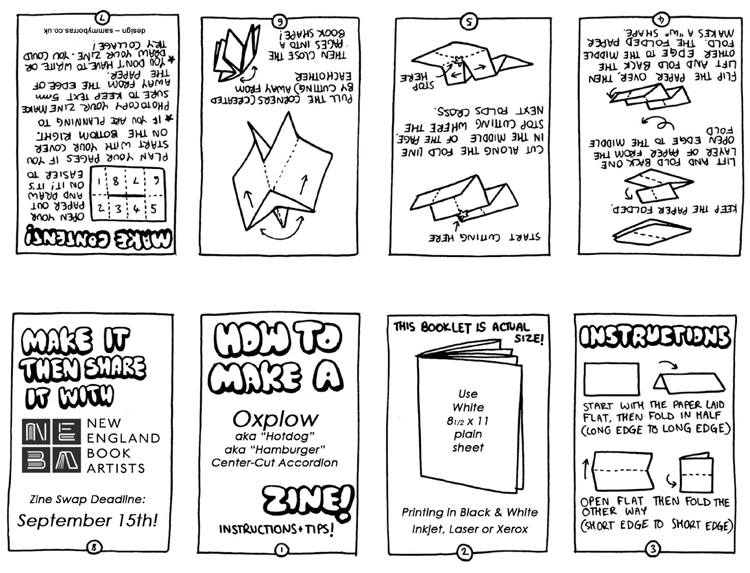 The basic instructions for your zine are here. This little Zine about Zines is a great tutorial for us. We customized this zine template (original by Sammy Borras) with NEBA’s Zine Swap details. Simply print out this PDF using ink jet, laser or Xerox, and follow the instructions.
The basic instructions for your zine are here. This little Zine about Zines is a great tutorial for us. We customized this zine template (original by Sammy Borras) with NEBA’s Zine Swap details. Simply print out this PDF using ink jet, laser or Xerox, and follow the instructions.
2023NEBAZineAboutZines
All themes are welcome!
All Zines should be:
Black & White
Single-sided or double-sided
Saved as PDF
8.5 x 11″
Deadline: September 15th
every year
Questions & Zine Submissions:
Cristina Hajosy is organizing the swap. Please contact her directly for more information.
cristina@hajosyarts.com
Video tutorials by NEBA member, Susan Gaylord:
Hot Dog Booklet video
Hot Dog Book – Using Different Sized Paper video
Overview & Origins of Zines
A zine (/ziːn/ ZEEN; short for magazine or fanzine) is a small-circulation, self-published work of original or appropriated texts and images, usually reproduced via photocopier.
The term was coined in an October 1940 science fiction fanzine by Russ Chauvenet and popularized within science fiction fandom, entering the Oxford English Dictionary in 1949.
Dissidents and members of socially marginalized groups have published their own opinions in leaflet and pamphlet form for as long as such technology has been available. The concept of zines had an ancestor in the amateur movement of the late 19th and early 20th century, which would in its turn cross-pollinate with the subculture of science fiction fandom in the 1930s. The popular graphic-style associated with zines is influenced artistically and politically by the subcultures of Dada, Fluxus, Surrealism and Situationism.
Many trace zines’ lineage from as far back as Thomas Paine’s exceptionally popular 1775 Common Sense, Benjamin Franklin’s literary magazine for psychiatric patients at a Pennsylvania hospital, as well as The Dial (1840–44) by Margaret Fuller and Ralph Waldo Emerson.
![]()
See previous NEBA Zine Swaps HERE!
